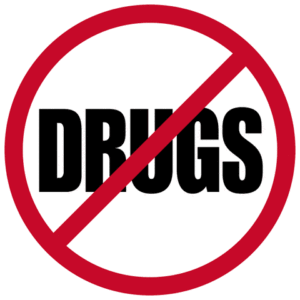 Each year, the Nuclear Regulatory Commission reports on its evaluation of the fitness-for-duty information submitted to it by nuclear plant owners and other licensees. That includes information on drug and alcohol use. The most recent report covers 2011.
Each year, the Nuclear Regulatory Commission reports on its evaluation of the fitness-for-duty information submitted to it by nuclear plant owners and other licensees. That includes information on drug and alcohol use. The most recent report covers 2011.
NRC’s regulation 10 CFR Part 26 requires that nuclear plant workers not be impaired by drugs and alcohol. To assure compliance with this objective, 10 CFR Part 26 subjects workers to pre-access, random, for-cause, follow-up, and post-event testing for drugs and alcohol. In other words, workers must pass drug and alcohol tests before they even begin working at plants, periodically thereafter, if their behavior gives rise to potential abuse, if they’ve had a history of drug or alcohol problems, and if they are involved in an undesired event.
According to the NRC’s report, there were 1,080 failed drug and alcohol tests by nuclear plant workers in 2011. Marijuana use accounts for roughly half of the failed drug and alcohol tests, followed by alcohol (about 25% of the failures) and cocaine (about 12% of the failures). But this number should not conjure up Nuclear Reefer Madness images for the following reasons.
741 of the failures came from pre-access testing. In other words, the majority (68.6%) of the failed tests involved individuals not yet working inside nuclear plants (and prevented from doing so).
Of the remaining 339 failed tests, 73 came from for-cause testing. Something unusual about the workers’ behaviors prompted drug and alcohol tests which revealed potential contributing factors for the behavior problems.
Of the remaining 266 failed tests, 57 came from follow-up testing mandated by prior histories of problems. Monitoring required due to past problems detected relapses and regressions.
Of the remaining 209 failed tests, 202 came during random testing of the work force. Nothing in these workers behaviors or histories suggested drug or alcohol use problems, but problems were detected.
The remaining 7 failed tests came during post-event testing. The low number is very good news – drug and alcohol usage is not contributing to many nuclear plant problems.
An important statistic is missing from this commentary so far – the total number of drug and alcohol tests administered to nuclear workers in 2011. That number is 178,586. Thus, 99.4% of drug and alcohol testing in 2011 cleared workers of abuse problems.
Our Takeaway
Regardless of whether one views the 2011 results as being the cup half full or half empty, the numbers strongly suggest that the cup very seldom contains alcohol or illicit drugs. Better still (not to bring moonshine into the mix), the very small fraction of nuclear workers with drug and alcohol problems are not contributing to many safety problems. Drug and alcohol problems are not causing unfit nuclear workers and unsafe nuclear plants.
Congressman Edward Markey deserves recognition and appreciation for this positive outcome. In the mid 1980s, Congressman Markey spearheaded efforts to better defend nuclear plant safety levels from unfit workers. His efforts significantly contributed to the provisions in 10 CFR Part 26 that are reaping such safety dividends today.
It’s impossible to count the number of serious nuclear plant accidents that were avoided by the 10 CFR Part 26 regulations that helped nuclear workers be fit for duty.
It’s possible to count on Congressman Markey for being a staunch and steadfast nuclear safety advocate.
Thank you, Congressman Markey.
“Fission Stories” is a weekly feature by Dave Lochbaum. For more information on nuclear power safety, see the nuclear safety section of UCS’s website and our interactive map, the Nuclear Power Information Tracker.
